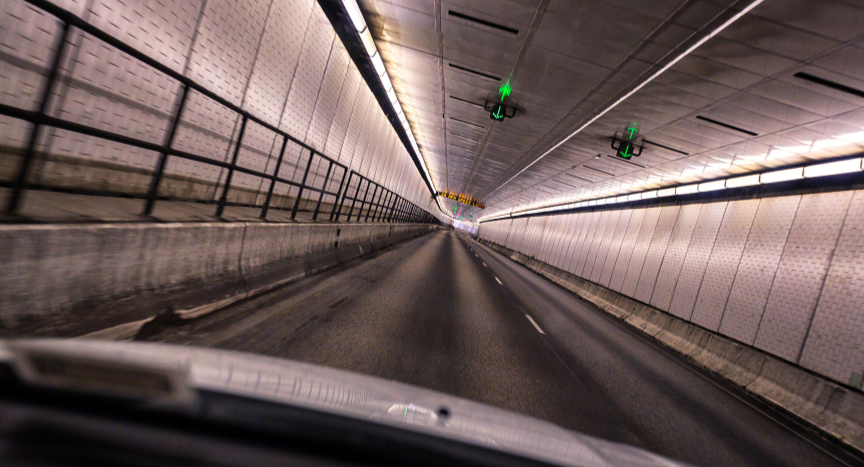Throughout America’s past, highways have been the backbone of the trucking industry, connecting cities, communities, and industries. Some of these roads, though once critical to transportation, have been abandoned or rerouted, leaving behind rich stories of resilience, engineering ambition, and evolving infrastructure. These forgotten highways offer a unique window into the early days of trucking and the lessons they continue to provide for modern drivers.
The Ghostly Pennsylvania Turnpike
Stretching 13 miles and punctuated by three eerie, silent tunnels, the Abandoned Pennsylvania Turnpike once revolutionized cross-state transportation. When it opened in 1940, it was a groundbreaking solution for reducing driving times across Pennsylvania. But by the 1960s, outdated tunnels led to heavy traffic jams, prompting its retirement in favor of more modern routes.
Today, this stretch of road is a destination for adventurers and history lovers, standing as a haunting monument to mid-century engineering. It even draws filmmakers looking to capture its untouched and ghostly atmosphere.
Route 66: More Than a Road
Famed as the “Main Street of America,” Route 66 holds an iconic place in trucking and cultural history. First laid down as a critical freight corridor, it symbolized freedom and opportunity for many truck drivers. However, as traffic regulations and infrastructure advanced, the road was officially decommissioned in 1985, replaced by the faster and more efficient Interstate Highway System.
While Route 66 no longer serves its original purpose for long-haul trucking, parts of it have been lovingly maintained as scenic byways. Modern drivers and tourists alike flock to its retro diners, quirky roadside attractions, and kitschy motels to relive a part of America’s nostalgia-laden past.
Baltimore’s “Highway to Nowhere”
The unfinished freeway dubbed Baltimore’s “Highway to Nowhere” tells the story of a project derailed by changing urban priorities. Conceived as an extension of Interstate 70 in the 1970s, construction faced significant backlash from local communities, halting development. What remains today is a lightly used portion of US 40, a visible representation of how public opposition can shape infrastructure projects.
The Demise of the Alaskan Way Viaduct
Seattle’s Alaskan Way Viaduct once stood as a vital corridor for trucking in the Pacific Northwest, providing quick access to a dense urban area. However, safety concerns and a need for urban redevelopment pushed the city to demolish the structure in 2019. Its removal altered Seattle’s skyline and waterfront, opening doors to new infrastructure projects while highlighting the impermanence of constructed routes.
Lessons Forgotten Highways Teach Modern Truckers
Though time has moved on from these once-crucial roads, their stories have relevance today. These highways showcase the impermanence of infrastructure, reminding modern truckers that adaptability is key. Whether it’s navigating entirely new bypasses, dealing with urban redevelopment, or proactively planning around regional upgrades, truckers must evolve with the landscape of transportation.
These highways also serve as historical markers that emphasize the balance between technological advancement and logistical challenges—values that every trucker should respect as they continue the industry’s legacy.
Moving Forward by Looking Back
Abandoned highways like the Pennsylvania Turnpike, the legendary Route 66, Baltimore’s stalled freeway projects, and Seattle’s demolished viaduct are more than relics. They’re chapters of critical lessons in the advancing tale of trucking and infrastructure. These forgotten roads show how resilience and careful planning can help drivers today overcome whatever challenges lie down the road.











